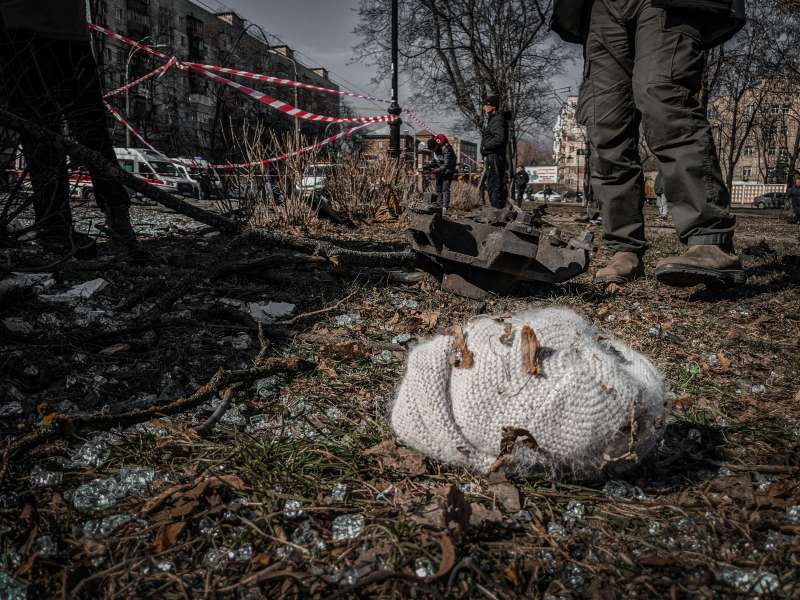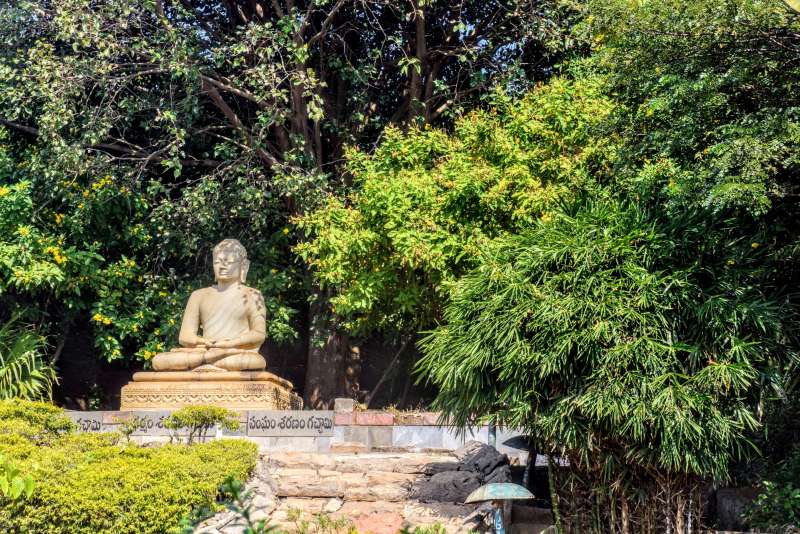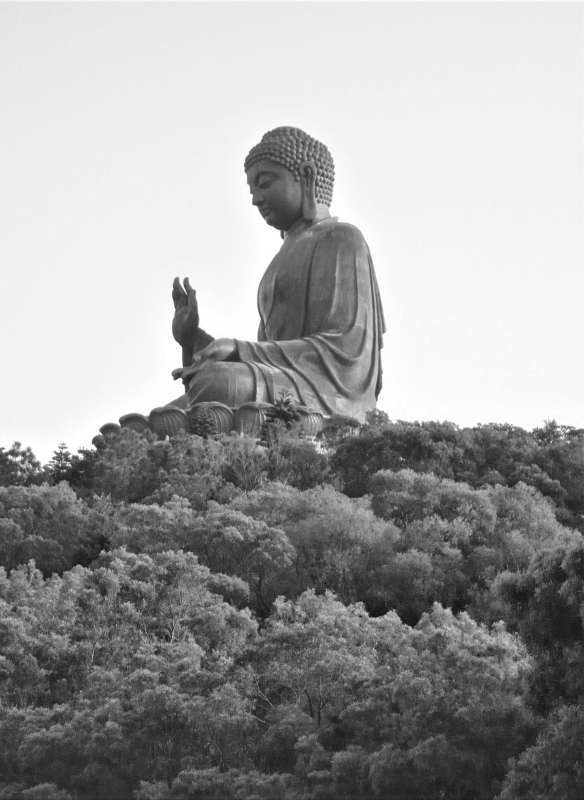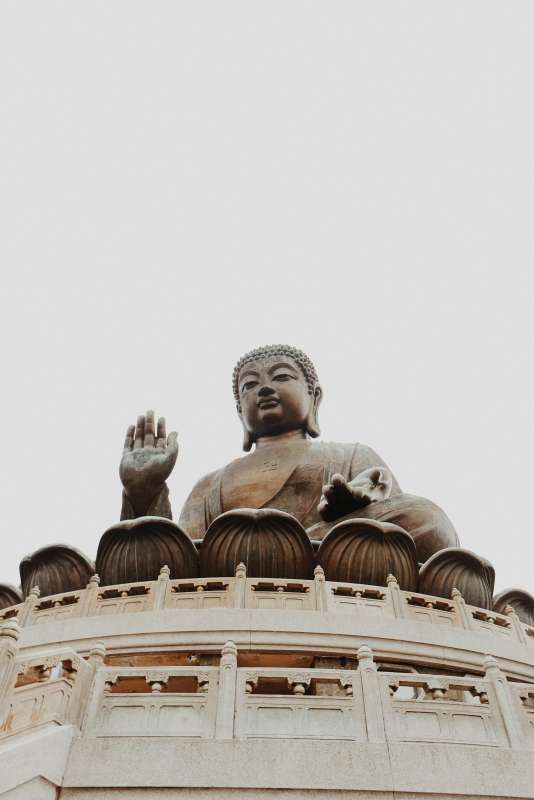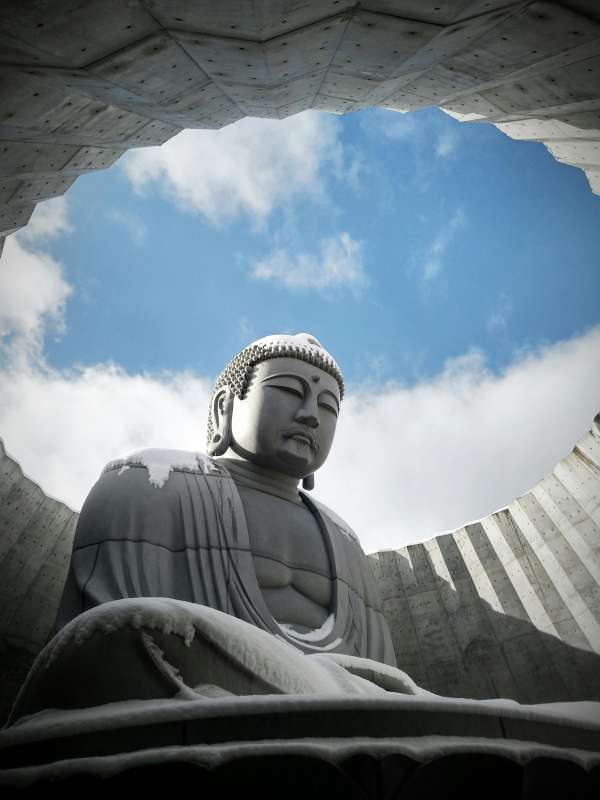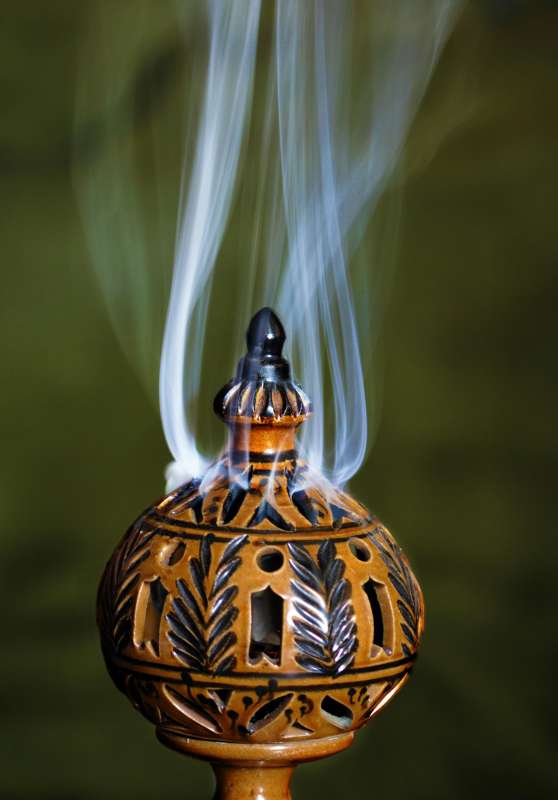Deadly clashes in Syria's Druze areas raise fears of widening unrest
Published on: May 1, 2025
The Druze Community in Syria: A History of Resilience
The Druze community in Syria has long stood apart as a distinctive religious and cultural group. Their faith, an offshoot of Islam that emerged in the 11th century, is known for its secrecy and unique traditions. Concentrated mainly in the southern province of Suweida and in certain suburbs of Damascus such as Jaramana and Ashrafiyat Sahnaya, the Druze have maintained a sense of autonomy and communal solidarity. Over the decades, they have navigated the shifting sands of Syrian politics, at times aligning with ruling authorities and at other times asserting their independence. The recent deadly clashes in Druze areas have brought the community's precarious position back into sharp focus.
Recent Clashes: Immediate Triggers and Consequences
In the past week, violence erupted in and around Ashrafiyat Sahnaya, a suburb south of Damascus, as well as in Jaramana and the province of Suweida. The fighting involved Druze fighters, Islamist factions, and Syrian security forces. According to the UK-based Syrian Observatory for Human Rights, at least 101 people have been killed, including 71 Druze—among them 10 civilians and 35 gunmen ambushed while traveling from Suweida to Damascus. Thirty members of the security forces and allied groups also lost their lives. The sudden ferocity of the clashes shocked many, given the relative calm that had prevailed in Druze regions for months.
The violence was reportedly triggered by an audio recording circulating on social media, in which a man insulted the Prophet Muhammad. The recording was falsely attributed to a Druze cleric, sparking outrage among Islamist factions and leading to armed confrontations. The rapid spread of misinformation and the deep-rooted suspicions between communities created a combustible atmosphere. The spiritual leader of Syria's Druze, Sheikh Hikmat al-Hijri, condemned the violence as an "unjustifiable genocidal campaign," emphasizing that Druze fighters were defending their homes from extremist attacks.
External Involvement: Israel’s Calculated Strikes
The involvement of outside powers has further complicated the situation. Israel, which has historically maintained a complex relationship with Syria’s Druze, intervened during the clashes. The Israeli air force carried out strikes in and around Ashrafiyat Sahnaya, citing the need to protect Druze civilians. The Israeli government framed its actions as a warning to Syrian authorities, demanding that they prevent harm to the Druze population. Israeli Prime Minister Benjamin Netanyahu has gone further, calling for the demilitarization of Suweida and neighboring provinces, arguing that the presence of Islamist-led Syrian security forces near the border constitutes a threat to Israel.
Israel’s actions have been met with suspicion and mixed reactions among Syrian Druze. While Israel presents itself as a defender of the Druze, many within the community view its interventions with skepticism, wary of being used as pawns in a broader regional struggle. The new authorities in Damascus have rejected Israel’s moves as violations of Syrian sovereignty but have also sought to avoid direct confrontation.
The Shifting Landscape of Syrian Power
The clashes in Druze areas cannot be understood in isolation from the broader transformations in Syria following the overthrow of Bashar al-Assad. The civil war, which began in 2011, left the country fractured along ethnic, religious, and political lines. While Assad’s regime regained control of major cities and the Alawite coastal heartland before its fall, vast regions remained outside its grasp. In the north, the Islamist faction Hayat Tahrir al-Sham (HTS), led by Ahmed al-Sharaa—a former al-Qaeda affiliate—secured a decisive victory. In the northeast, Kurdish forces have maintained semi-autonomy. Druze regions south of Damascus have enjoyed a degree of self-rule, navigating between local interests and the shifting demands of national politics.
Despite pledges by Syria’s new rulers to unify the country and restore stability, deep divisions persist. The roots of the current government in jihadist movements have fueled suspicion among religious minorities, including the Druze and Alawites. These groups fear marginalization or even persecution under the new order. The violence in March between security forces and Assad loyalists in Alawite areas, which left hundreds dead, underscored the volatility of Syria’s post-war landscape.
Regional Rivalries: Turkey’s Role and Tensions with Israel
Turkey has played a pivotal role in Syria’s recent history, serving as the key sponsor of the rebel forces that ultimately ousted Assad. Turkish President Recep Tayyip Erdogan has established close ties with the new Syrian leadership, while also voicing strong opposition to Israel’s military interventions. Erdogan denounced Israel’s recent strikes as a “dangerous and unacceptable provocation,” highlighting the growing rivalry between Ankara and Jerusalem over their competing interests in Syria.
The tension between Turkey and Israel adds another layer of complexity to Syria’s already fraught situation. Both countries have sought to expand their influence in the wake of Assad’s fall, often supporting rival factions and pursuing divergent strategic goals. For the new Syrian government led by Sharaa, balancing these external pressures while managing internal divisions remains a daunting challenge.
The Druze Dilemma: Seeking Security Amid Uncertainty
The Druze community’s predicament is emblematic of the broader challenges facing Syria’s minorities. Historically, the Druze have adopted a pragmatic approach to survival, aligning with whichever power promised protection. During the Assad years, they maintained a delicate relationship with the regime, securing limited autonomy in exchange for loyalty. In the current climate, the community is caught between suspicion of Islamist-led authorities, fear of extremist violence, and the overtures of external actors like Israel.
For many Druze, recent events have revived memories of past persecutions and underscored the fragility of their position. The ceasefires reportedly agreed upon between the government and Druze leaders have brought a temporary lull in the violence, but the underlying tensions remain unresolved. The potential for renewed conflict looms, fed by mutual distrust and the ever-present threat of external manipulation.
Media, Misinformation, and the Spark of Conflict
The role of social media and misinformation in sparking the recent clashes cannot be understated. The audio recording falsely attributed to a Druze cleric became a catalyst for violence, demonstrating the power of rumor and propaganda in a society already on edge. In Syria, where traditional media is often tightly controlled or distrusted, social media platforms have become both a lifeline for information and a breeding ground for dangerous falsehoods. The rapid spread of inflammatory content can turn local disputes into deadly confrontations, as seen in Ashrafiyat Sahnaya and Suweida.
The Human Cost: Lives Lost and Communities Shattered
Behind the statistics and political maneuvering lies a profound human tragedy. The latest clashes have left dozens of families grieving, their homes destroyed, and their sense of security shattered. The Syrian Observatory for Human Rights reported that among the 101 killed, civilians were caught in the crossfire, and many more were wounded or displaced. The violence has disrupted daily life, closed schools and businesses, and deepened the scars of a society already traumatized by years of war.
Humanitarian organizations have warned of worsening conditions for those in conflict zones, with limited access to medical care, food, and basic services. The Druze, like other minorities in Syria, face the dual threat of targeted violence and neglect from authorities. Their resilience is tested anew with each outbreak of unrest.
International Reactions and the Path Forward
The international community has watched the escalation in Druze areas with concern. Western governments have called for restraint and respect for minority rights, while regional powers jockey for influence. The United Nations has repeatedly urged all parties to protect civilians and seek negotiated solutions. However, the path to lasting peace in Syria remains elusive, blocked by deep-seated mistrust and the competing ambitions of local and foreign actors.
For Syria’s new authorities, the challenge is immense. They must navigate a fractured landscape, rebuild trust with wary minorities, and resist the temptations of authoritarianism and sectarianism. For the Druze and other vulnerable groups, the hope is for a future in which their rights and safety are guaranteed—not as a favor from those in power, but as a fundamental principle of the new Syria.
Outlook: A Fragile Calm Amid Smoldering Tensions
For now, a fragile calm has returned to the streets of Ashrafiyat Sahnaya, Jaramana, and Suweida. Yet, beneath the surface, the embers of conflict continue to glow. The interplay of local grievances, external interventions, and the legacy of Syria’s long civil war makes for a volatile mixture. The Druze, ever pragmatic, continue to hope for security and stability, even as they brace for the possibility of renewed violence. The coming months will test the ability of Syria’s new rulers to deliver on promises of unity and peace—or risk plunging the country back into chaos.
